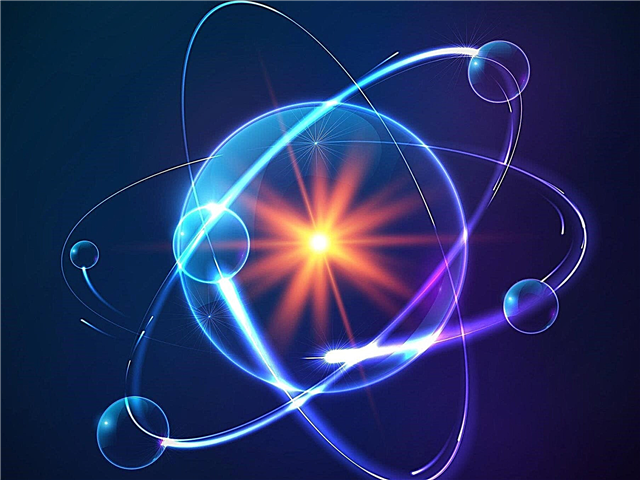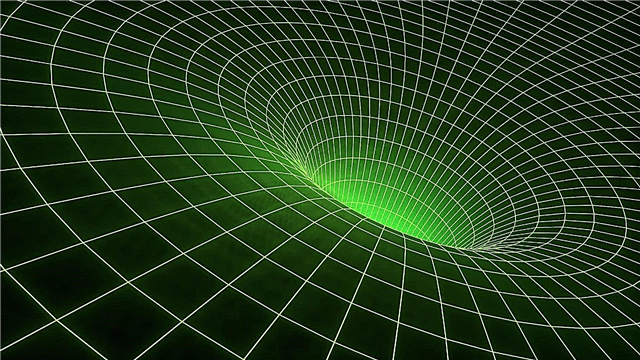
Around there are a lot of interesting things about the nature of which no one thinks much. And only then, when the solution to vital issues begins to depend on the uniform functioning of these things, a person poses the sacramental question: “Why?”.
One of the thousands of these most sacramental questions is why do they use electric networks across the ocean, whose voltage is 110 volts, and in Russia - 220?
Mains voltage

This story began in 1878 when the whole world learned about the invention of Thomas Edison - an electric incandescent lamp with carbon filament. By calculation, the inventor deduced the optimal voltage for lamps of this type (100 Volts). He took into account another 10% as voltage losses when moving through wires. Two years later, Edison patented DC technology. To transfer electrical energy with a voltage of 110 V, three wires were required:
- zero;
- positive;
- negative.
The working life of an incandescent lamp was 1200 hours.
By 1882, power plants appeared in London and New York. Five years later, more than a hundred stations around the world generated current using Edison technology.
Alternating current
Another technology, which received the name of alternating current, was first promoted by George Westinghouse, indicating an incredibly large loss of electricity in the network. The inventor of the first multiphase transformer Nikola Tesla managed to work with the authors of both technologies, having introduced the first current meter at Westinghouse in 1888.
The famous “war of currents” began after Edison realized that he would inevitably lose the financial battle for consumers.
Sunset history dc
In North America, there was a struggle for customers between AC and DC networks. By 1898, when the mass transfer began, more than 4.5 thousand customers were still using direct current. The 110 V standard began to lose ground in Europe, where the light bulb came already with an incandescent filament made of metal. For its functioning, twice as much voltage was required. So 220 V networks appeared. The losses in them turned out to be four times lower than in 110 V.
On the American continent, electrical installations are powered by alternating current with a TN-C-S grounding system. From the step-down transformer, one phase is supplied from the secondary winding to a 120/240 V network. Two phase and one neutral wires are used to power residential buildings and enterprises. The neutral connection of the secondary winding is carried out according to the "star" scheme. Voltage - 120/220 V, frequency - 60 Hz. Some countries use the more economical 127 V standard with a smaller wire size.

Naturally, the main consumers of networks with different voltages are on both sides of the Atlantic Ocean. Most countries of North and Central America, the Pacific Basin, some states in South America (Suriname, Ecuador) use the standard 110 (120) V / 60 Hz. Some countries at a frequency of 50 Hz feed 127/220 V hybrid networks. The country with the lowest standard is Japan (100 V).
It is not difficult to find outlets in US cities with the usual 220 V voltage for Russians. In addition, using a conventional inexpensive transformer, you can increase the voltage in the power supply to the desired value.
The answer to the question why the USA does not introduce a double standard for network voltage lies in the economic plane:
- struggle with the import of household appliances and the promotion of their own manufacturers;
- less health hazard in case of violation of the network operation rules (According to Ohm's law, the current strength I is directly proportional to the applied voltage U and inversely proportional to the resistance R. Thus, the higher the voltage, the greater the current strength. Note Ed.).
The last factor is most important. Anyone who has at least once in their life “been struck” with a voltage of 220 volts knows that 110 volts is much safer.












